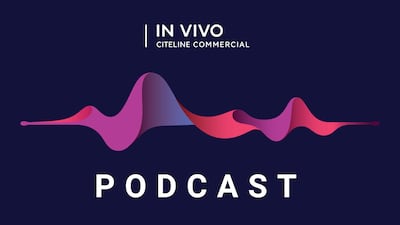The vision goes like this: drug manufacturers will build more resilient supply chains and prevent drug shortages by restoring US-based manufacturing, and they will do it by adopting advanced technologies that enable them to achieve higher quality while competing on price against India and China despite higher wages and greater environmental and worker protections in the US.
In support of this vision, the US Food and Drug Administration has worked to facilitate the use of continuous and other advanced manufacturing technologies by promoting the benefits and clearing...
Read the full article – start your free trial today!
Join thousands of industry professionals who rely on In Vivo for daily insights
- Start your 7-day free trial
- Explore trusted news, analysis, and insights
- Access comprehensive global coverage
- Enjoy instant access – no credit card required
Already a subscriber?








